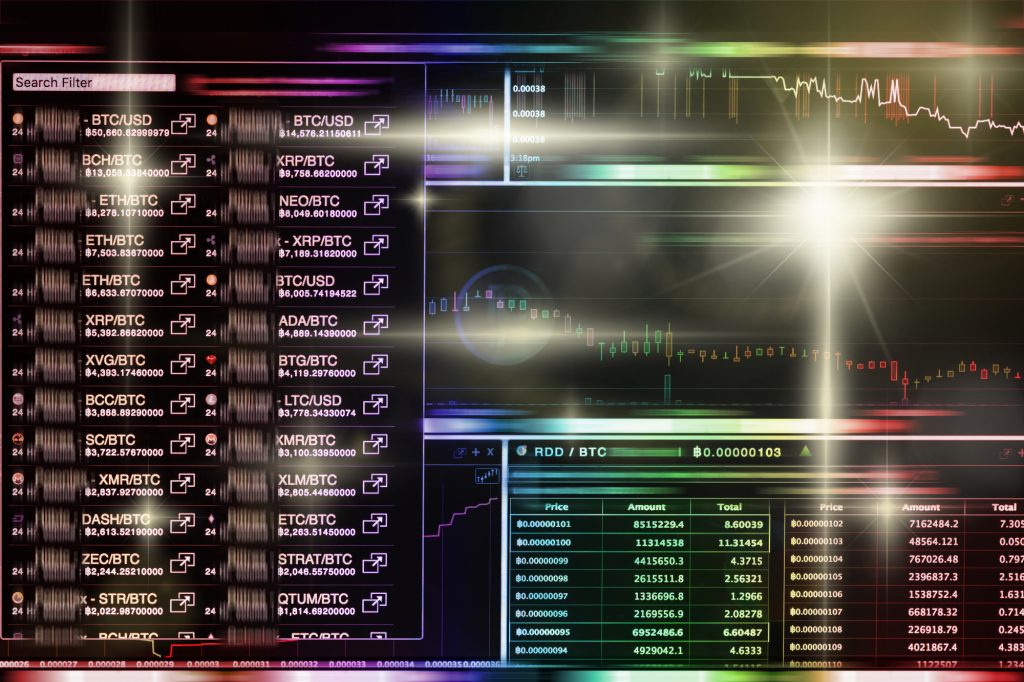Content
- 1 Rotation Analysis
- 2 Altcoin Futures Basis Analysis
- 3 Top Ten Comparison
- 4 Volatility and Correlation Comparison
- 5 ETHBTC 4h Technical Chart Analysis
- 6 Market Cap Overview
- Glossary
1. Rotation Analysis
Bitcoin is outperforming all sectors
ALT, MID, and SHIT coins breached the support lines and traded lower without any substantial recovery. All three indices are currently trading on the recently revised support levels. The DeFi space saw a solid correction against bitcoin and the major altcoins. Market volatility within the DeFi space remains very high, and substantial corrections are to be expected.
There has been quite a shift in the sectors. Entertainment, Exchange, and Privacy managed to outperform the Index. The losing sector was yet again Platform, while others performed similar to the index. The top performing coin was THETA, with am absolute gain of 43.5%. The worst performing coin was BTS, with an absolute loss of 65%. The FTX exchange announced a rebalancing of several indices going into effect on October 21st. Proposed changes are constituent composition, weights, and market caps.
Attached you will find our short-term view on support and resistance levels for all three indices:
Alt: Support 60.00 / Resistance 70.00 / Alt (4h)
Mid: Support 72.00 / Resistance 82.50 / Mid (4h)
Shit: Support 93.50 / Resistance 122.00 / Shit (4h)
Overall trading volume remained high. The MACDs for BTC increased and stabilised in a neutral zone. Bitcoin has basically outperformed all sectors and has stood its ground. Coins ranked between 2 and 50 corrected and are trading in a neutral to a slightly oversold zone.

2. Altcoin Futures Basis Analysis
Due to the September contracts that rolled off the board, we had a bit of a hiccup. The delta percentage numbers do not make much sense. We apologise for this, and we will make sure to get this fixed in time for the next maturity in December.
What we can say,though, is that all bases have turned from neutral (or slightly in backwardation) into contango. Only LTC is not playing along. I am explicitly excluding the BitMEX numbers since those bases are not market driven, but rather structural due to their legal issues and their single collateral setup.
Our call from last month was spot on: the premium will build up again. Now, it is a question of how bitcoin performs. My guess is that if we see a steady increase in price, all bases will widen in their contango premiums. In case bitcoin has an explosive rally, altcoins could get crushed due to the massive liquidity vacuum bitcoin will then create. In case bitcoin moves back down towards 10.5k (or below), I expect the premium to turn flattish or even negative for some coins.

3. Top Ten Comparison


4. Volatility and Correlation Comparison


5. ETHBTC 4h Technical Chart Analysis

ETHBTC is hanging in there...
Today, we will be focussing on the daily chart (image above) instead of on the 4h one. It makes more sense to do this due to the new monthly cycle.
The parabola break is providing a good support point. We touched the 0.03100 level three times. To me, the neutral zone is around 0.03300, which is where we are currently trading. It is also in the middle of the Ichimoku cloud, which is still bullish. We are rather far away from the baseline (blue line), which leads me to believe that we might see some consolidation at the current levels for a bit longer.
To establish fresh long positions I need to see the price pushing through the upper band of the cloud, and (if possible) also through the baseline.
I will look for short setups below 0.03100.
View the charts: ETHBTC (4h) | ETHBTC (daily)
6. Market Cap Overview

Glossary
Advance Decline Line - the Advance Decline Line shows the ratio of coins for which the market cap increased relative to the market cap of BTC for each day.
ATH - all time high (maximum lookback period of 730€ days).
Data Source - tables and charts are based on daily close prices provided by Coinmarketcap.
EWMA - exponentially weighted moving average.
MACD - moving average convergence/divergence is a popular technical indicator to identify trends in the underlying instrument. It consists of the MACD and signal line, and the area shown in the background. The MACD line (strong) is the difference of two exponential moving averages, which are defined by the first and second parameter of the indicator. The signal line (weak) is the exponential moving average of the MACD line defined by the third parameter. The area in the background illustrates the difference between the MACD line and the signal line.
Pearson Correlation - quantifies the linear relationship between two variables.
Spearman Correlation - quantifies the monotonic relationship between two variables. As such, the Spearman Correlation is based on the ranked values of each variable and is used to detect non-linear relationships between the two.




